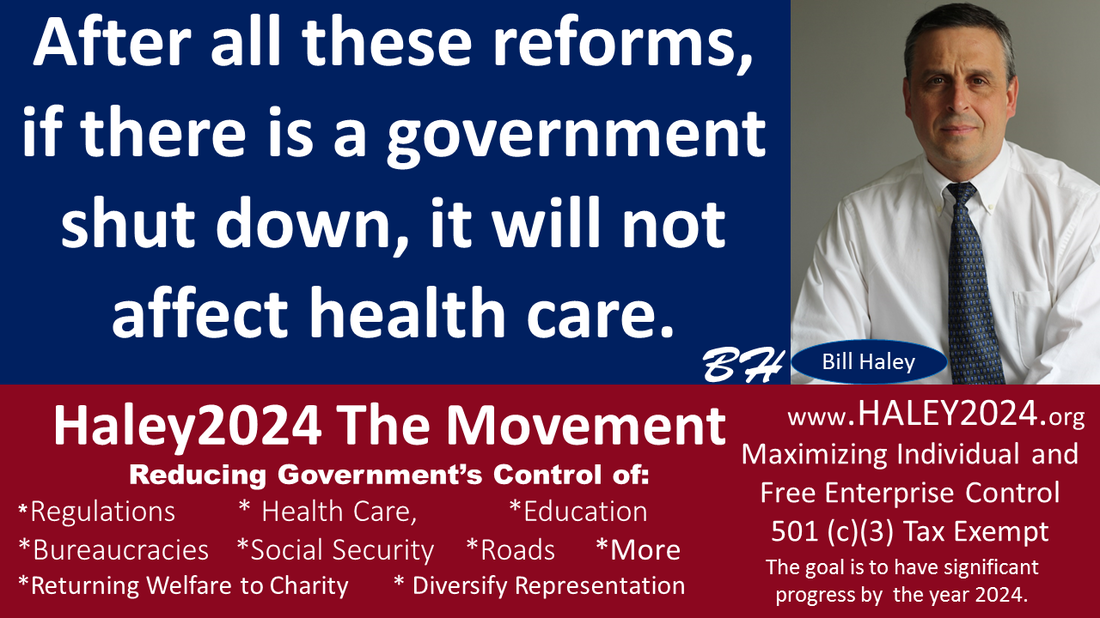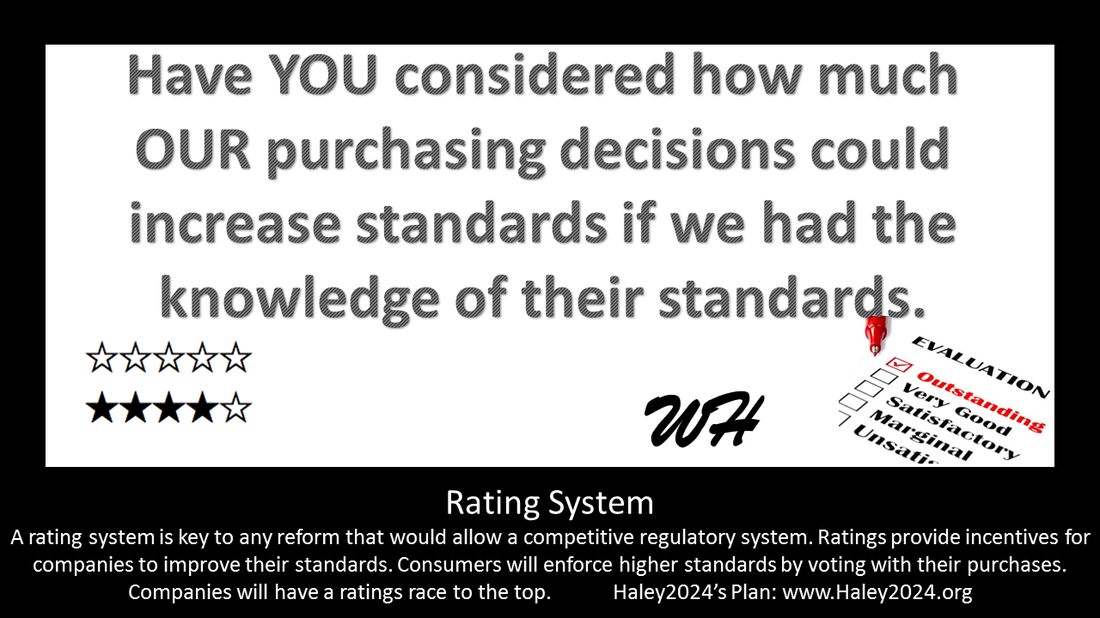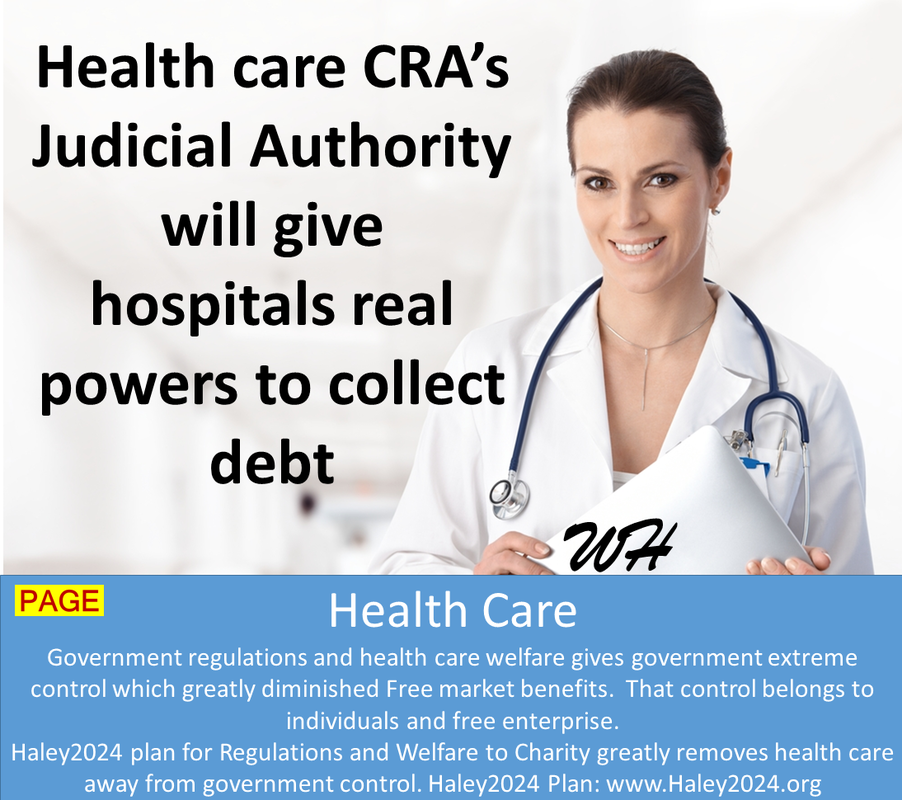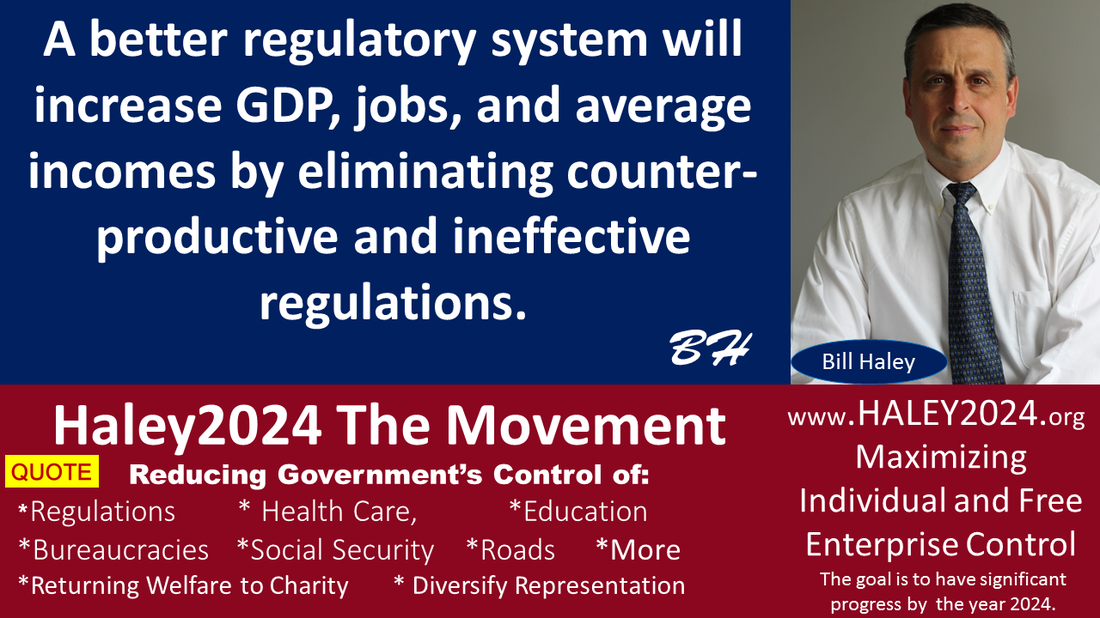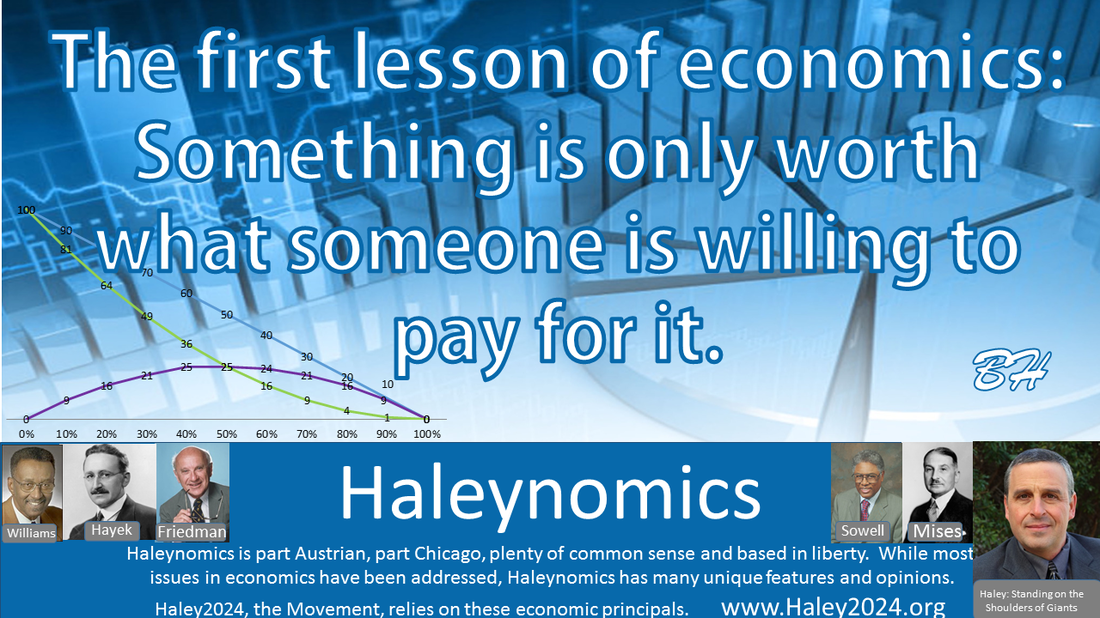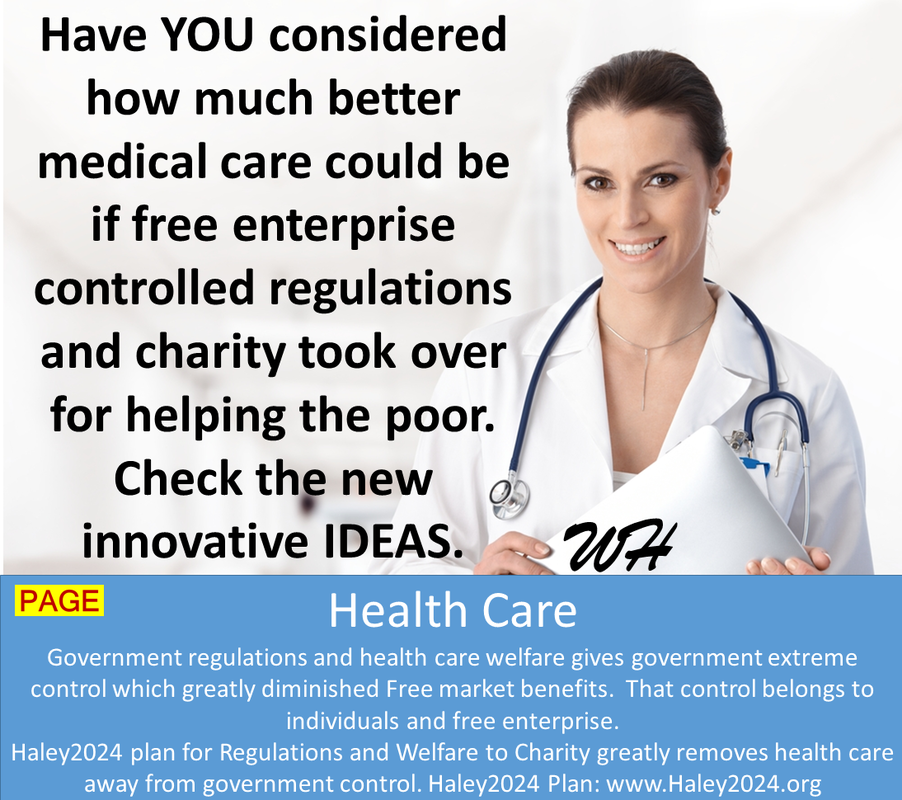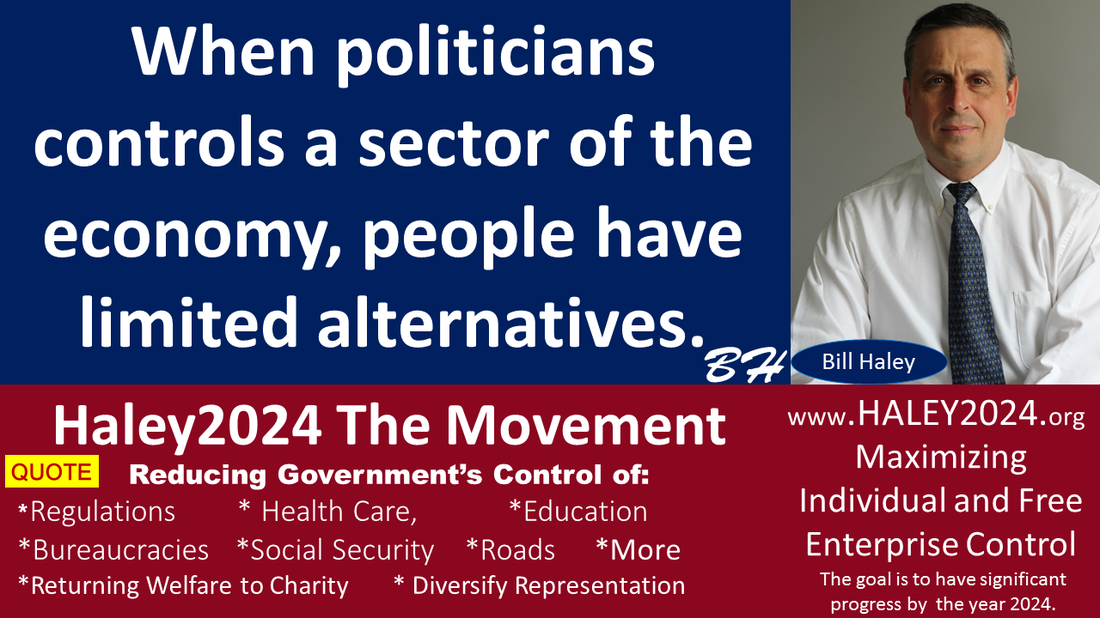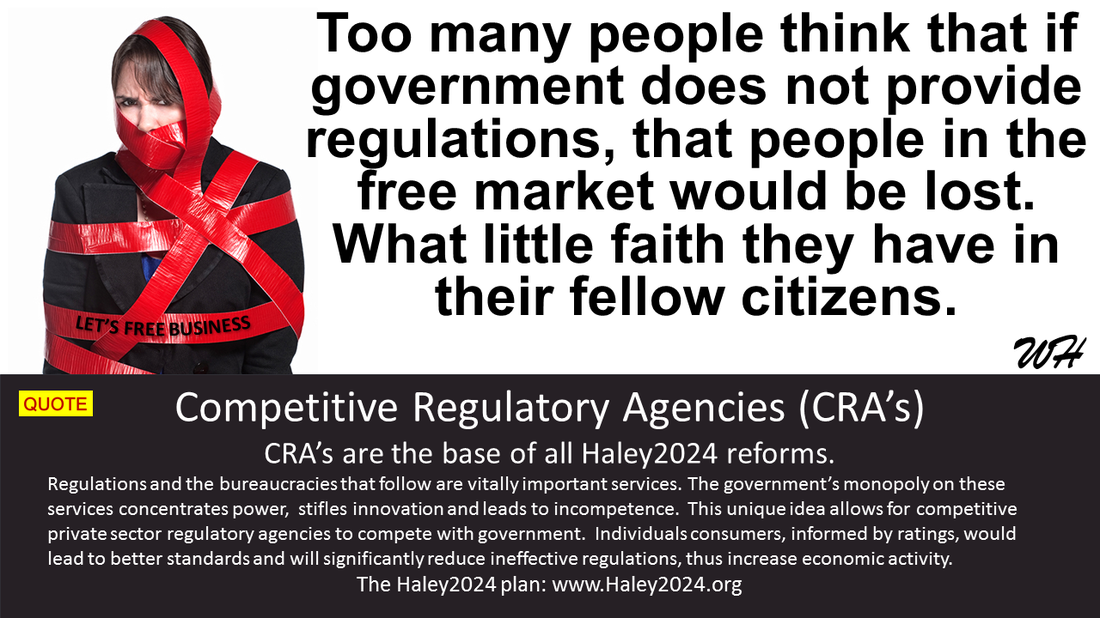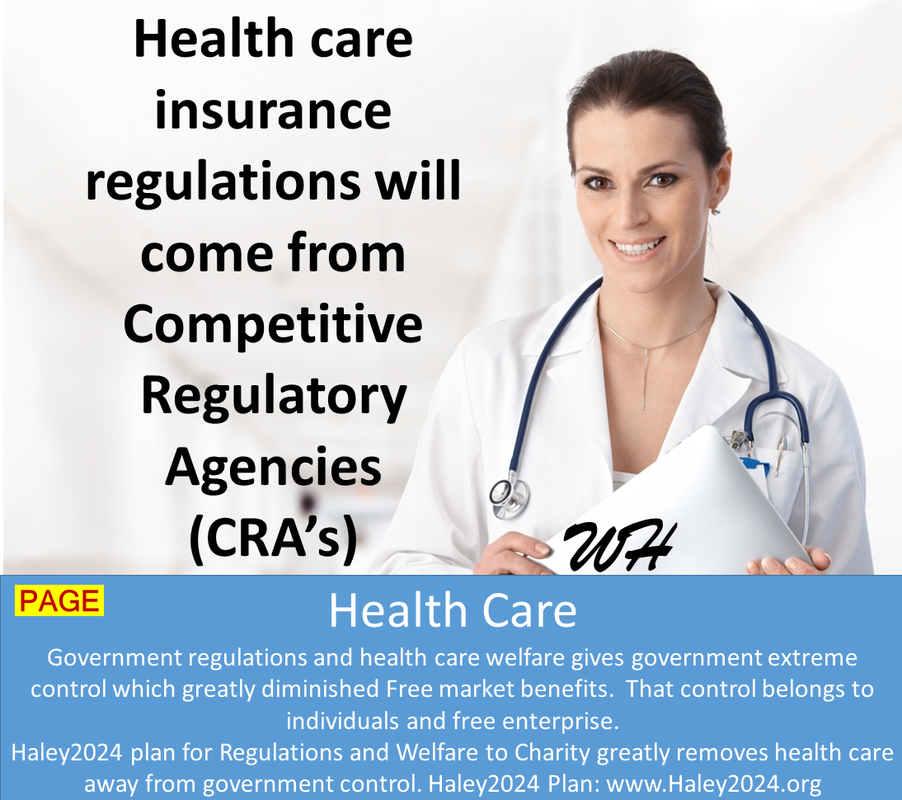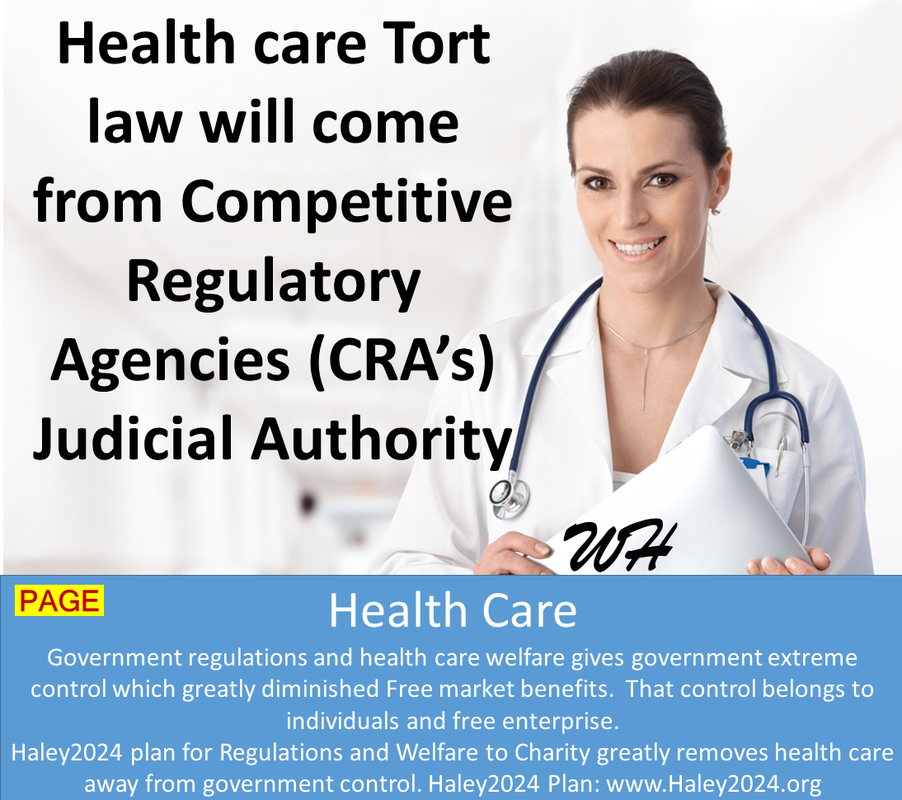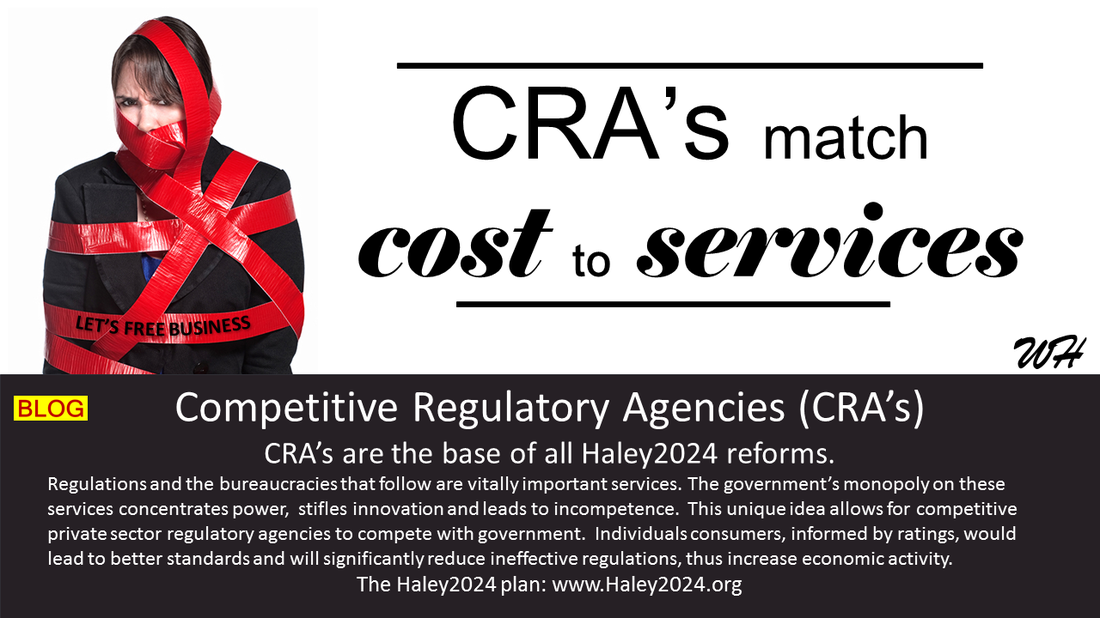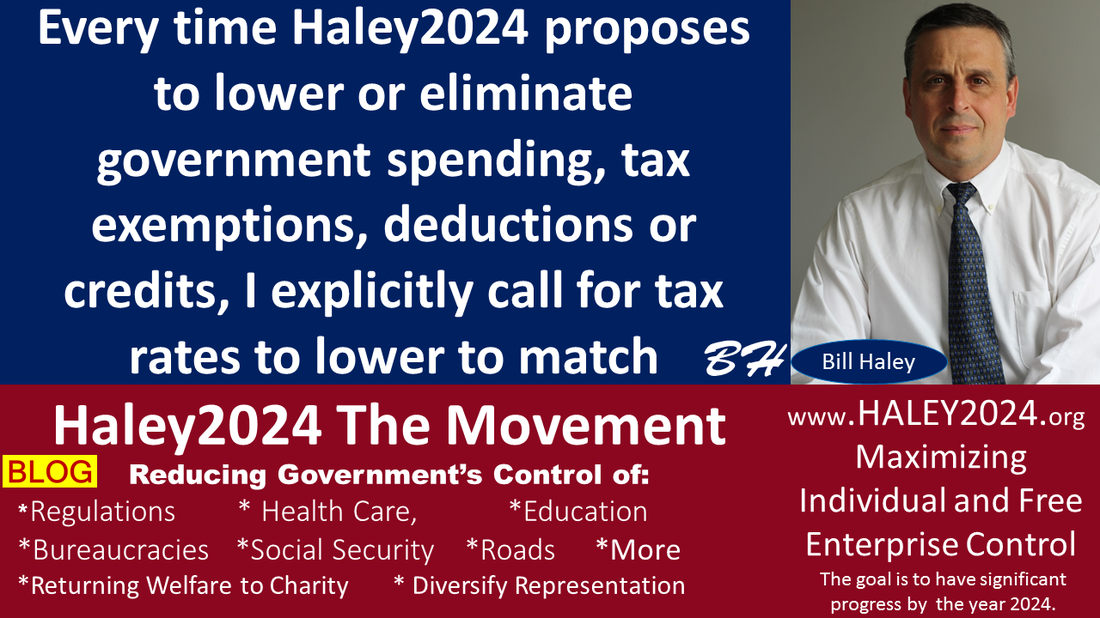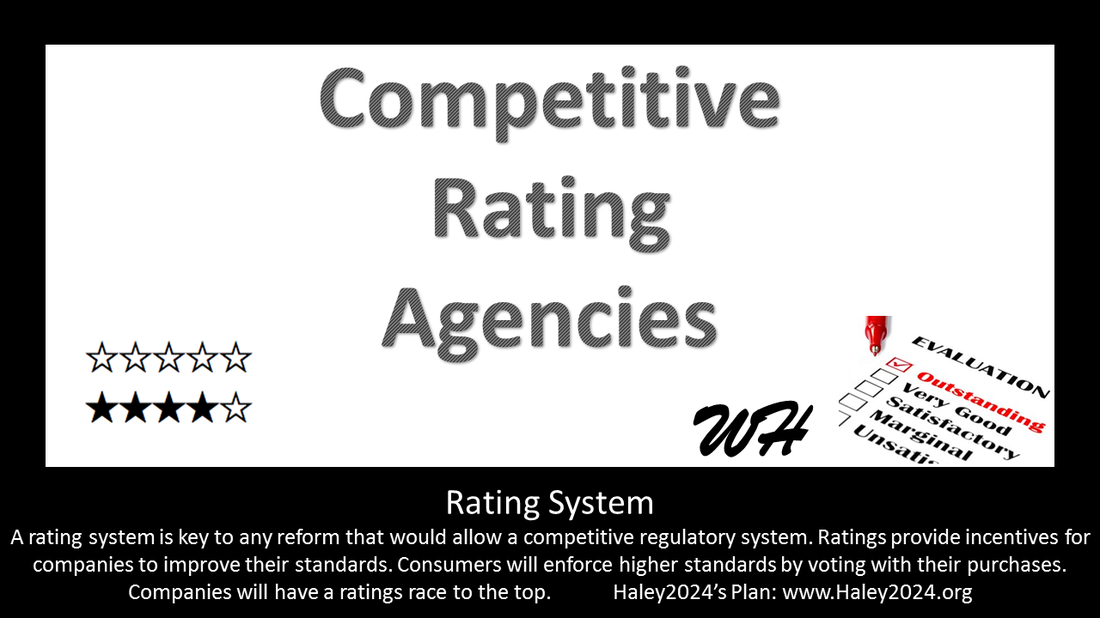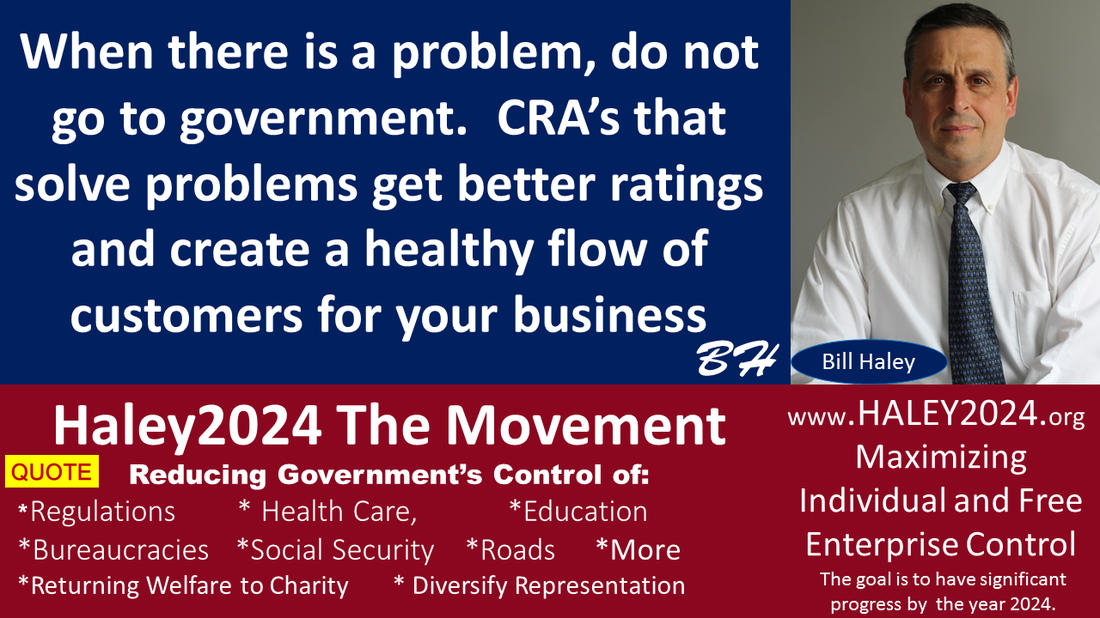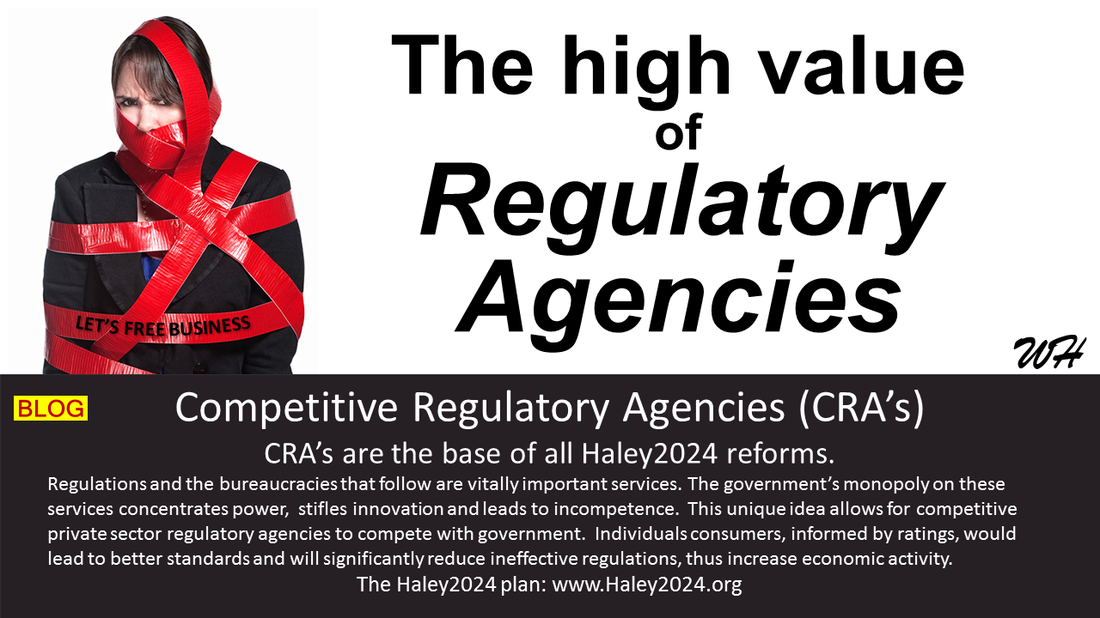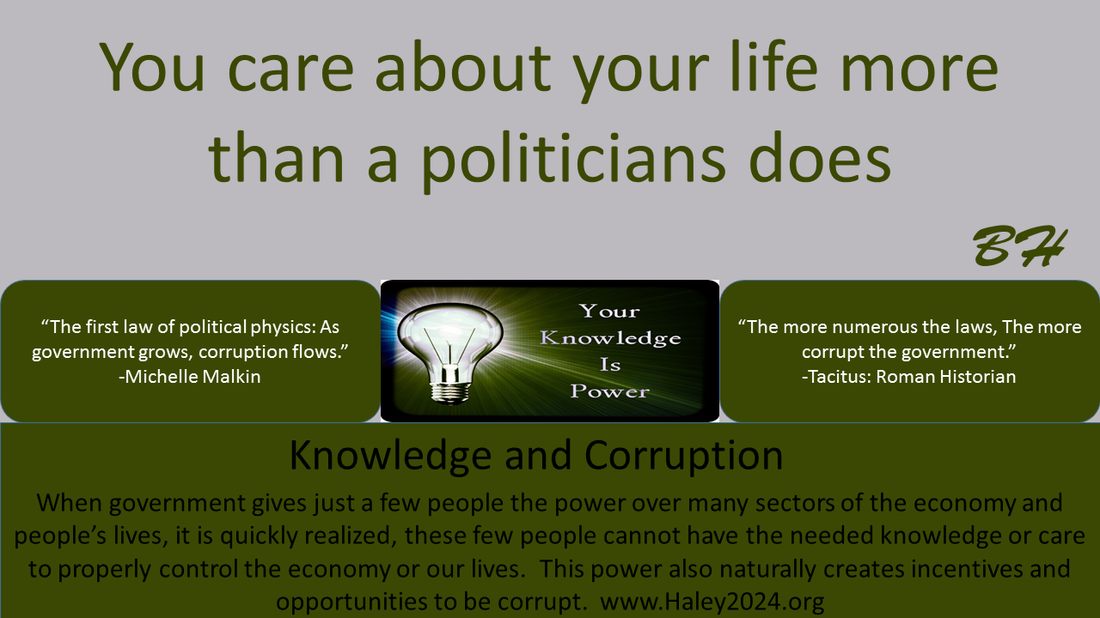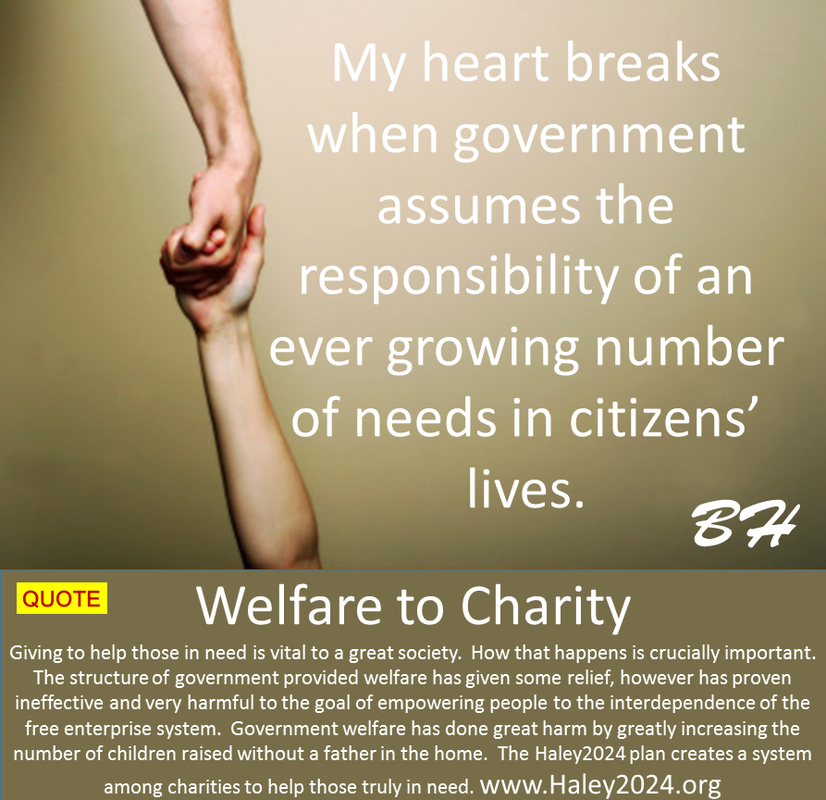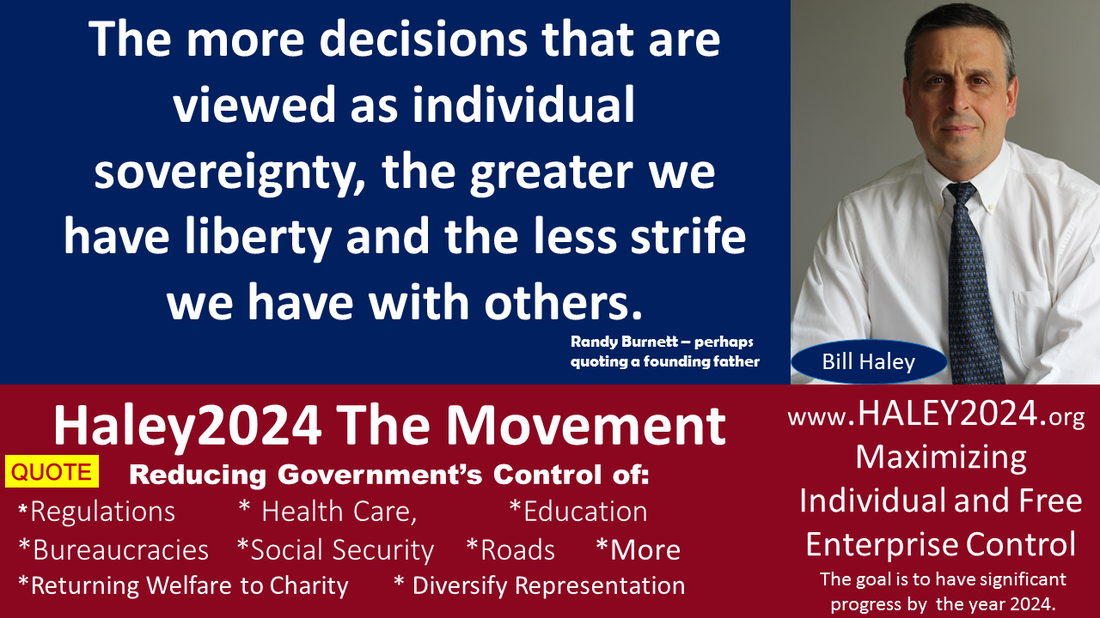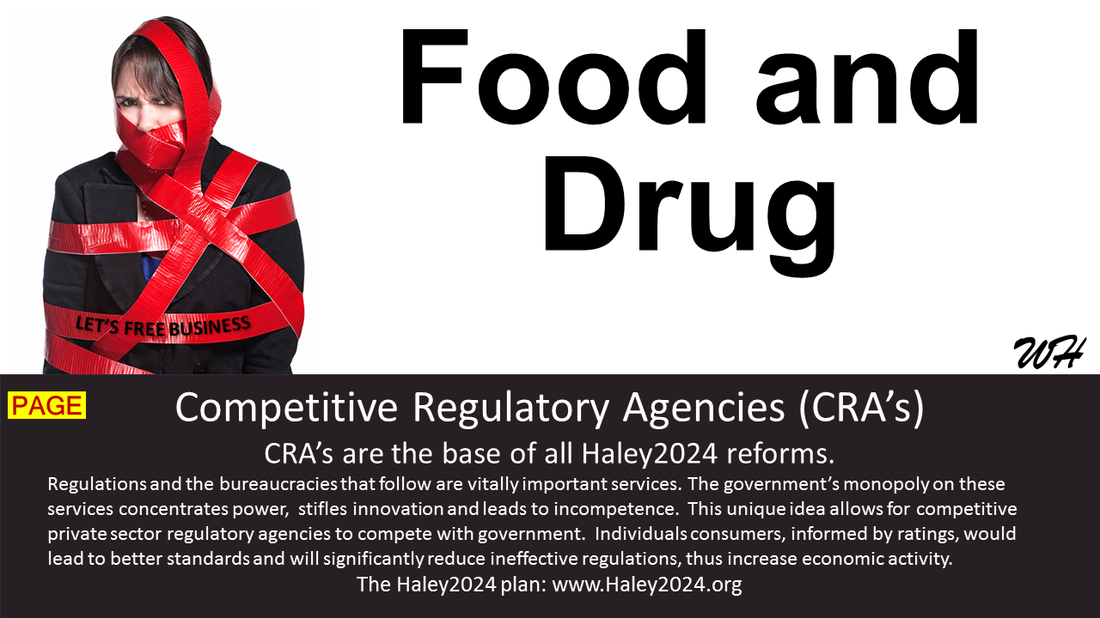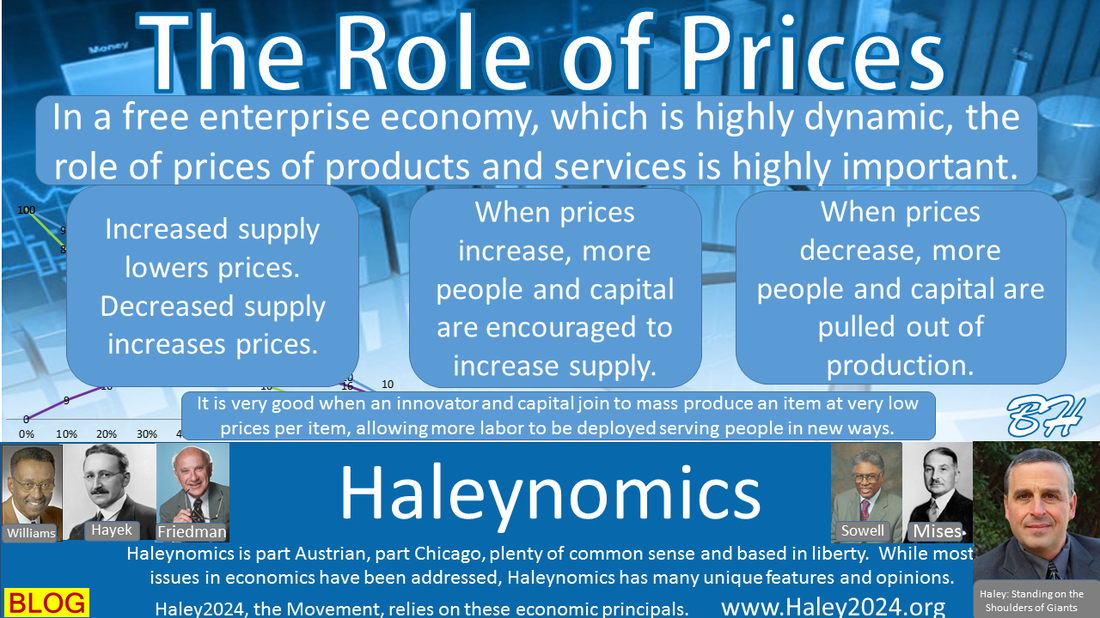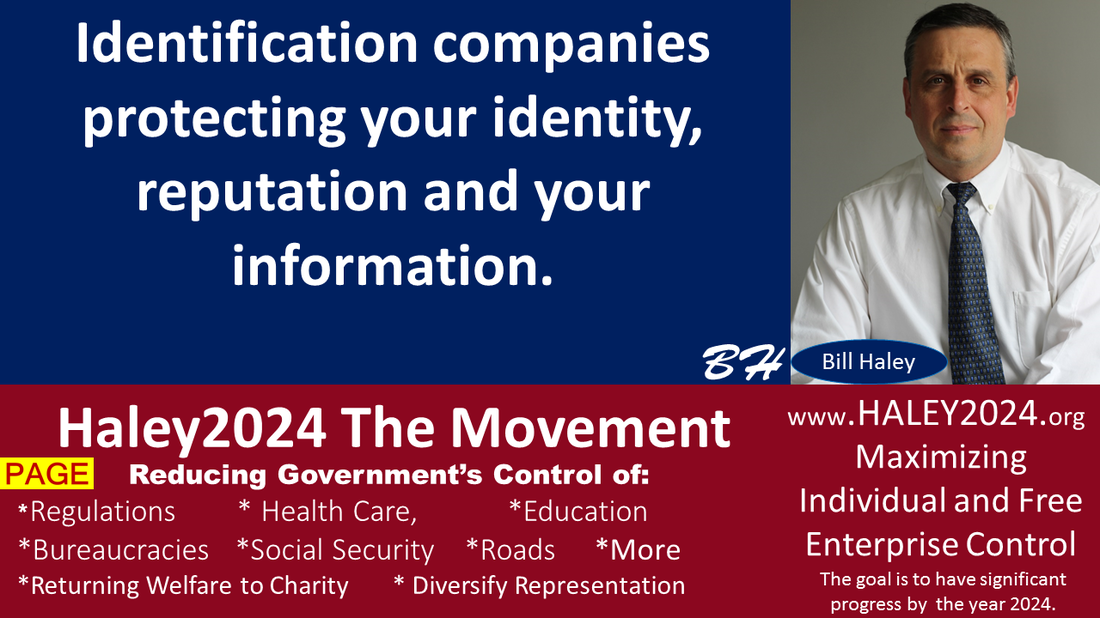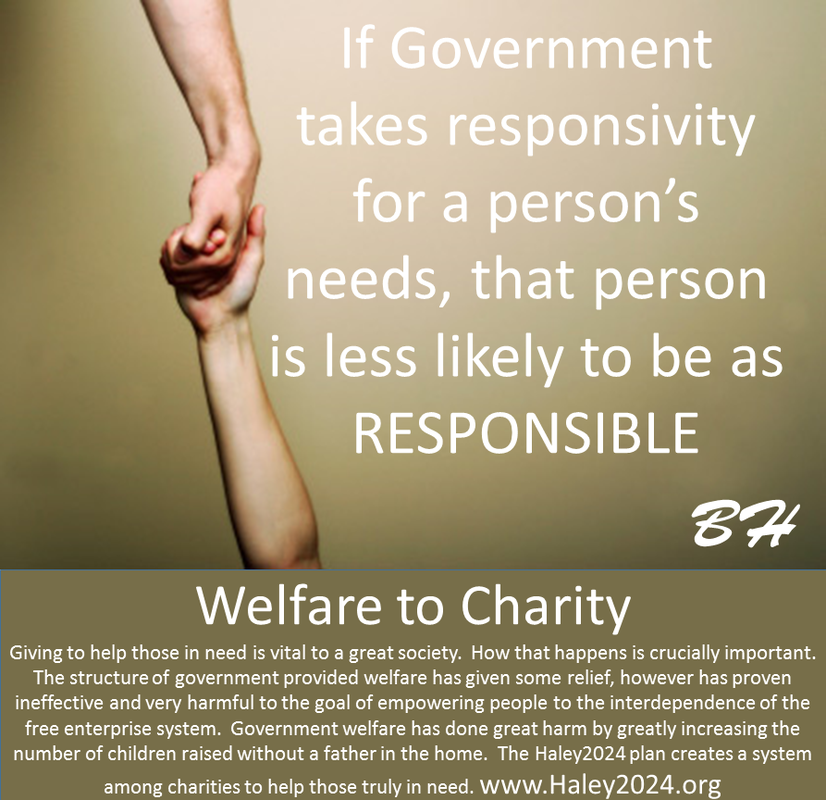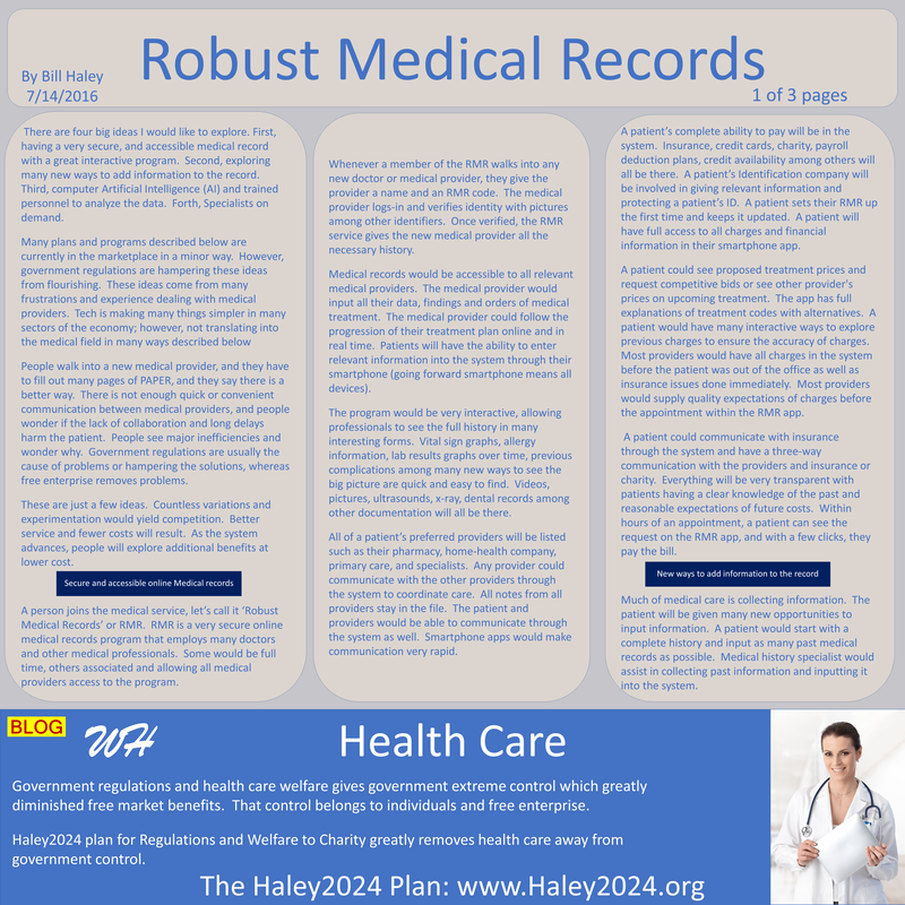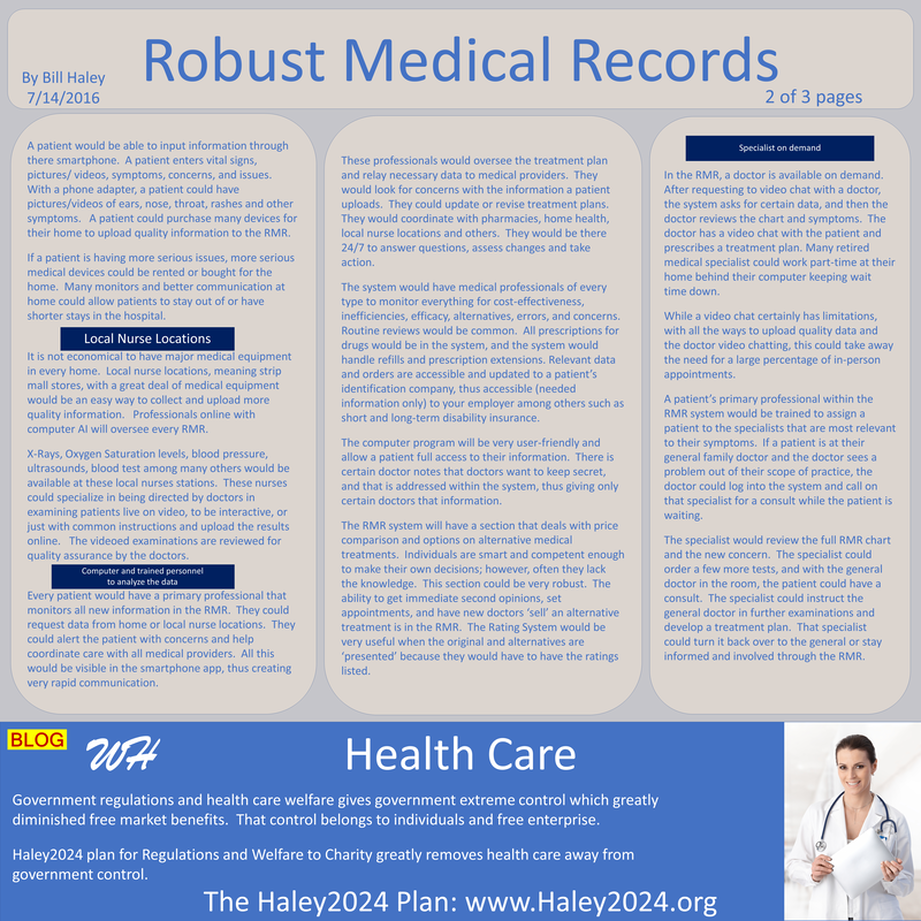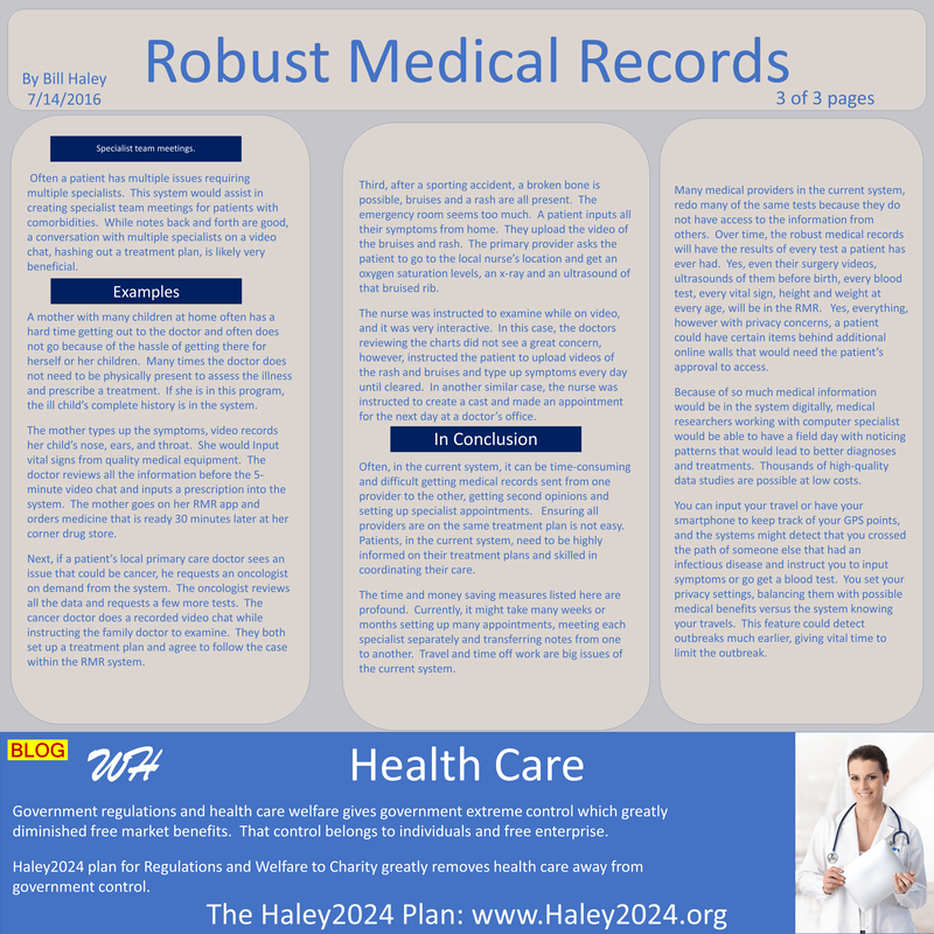| There are four big ideas I would like to explore. First, having a very secure, and accessible medical record with a great interactive program. Second, exploring many new ways to add information to the record. Third, computer Artificial Intelligence (AI) and trained personnel to analyze the data. Forth, Specialists on demand. |
| Many plans and programs described below are currently in the marketplace in a minor way. However, government regulations are hampering these ideas from flourishing. These ideas come from many frustrations and experience dealing with medical providers. Tech is making many things simpler in many sectors of the economy; however, not translating into the medical field in many ways described below |
| People walk into a new medical provider, and they have to fill out many pages of PAPER, and they say there is a better way. There is not enough quick or convenient communication between medical providers, and people wonder if the lack of collaboration and long delays harm the patient. People see major inefficiencies and wonder why. Government regulations are usually the cause of problems or hampering the solutions, whereas free enterprise removes problems. |
| Whenever a member of the RMR walks into any new doctor or medical provider, they give the provider a name and an RMR code. The medical provider logs-in and verifies identity with pictures among other identifiers. Once verified, the RMR service gives the new medical provider all the necessary history. |
| Medical records would be accessible to all relevant medical providers. The medical provider would input all their data, findings and orders of medical treatment. The medical provider could follow the progression of their treatment plan online and in real time. Patients will have the ability to enter relevant information into the system through their smartphone (going forward smartphone means all devices). |
| The program would be very interactive, allowing professionals to see the full history in many interesting forms. Vital sign graphs, allergy information, lab results graphs over time, previous complications among many new ways to see the big picture are quick and easy to find. Videos, pictures, ultrasounds, x-ray, dental records among other documentation will all be there. |
| All of a patient’s preferred providers will be listed such as their pharmacy, home-health company, primary care, and specialists. Any provider could communicate with the other providers through the system to coordinate care. All notes from all providers stay in the file. The patient and providers would be able to communicate through the system as well. Smartphone apps would make communication very rapid. |
| A patient’s complete ability to pay will be in the system. Insurance, credit cards, charity, payroll deduction plans, credit availability among others will all be there. A patient’s Identification company will be involved in giving relevant information and protecting a patient’s ID. A patient sets their RMR up the first time and keeps it updated. A patient will have full access to all charges and financial information in their smartphone app. |
| A patient could see proposed treatment prices and request competitive bids or see other provider's prices on upcoming treatment. The app has full explanations of treatment codes with alternatives. A patient would have many interactive ways to explore previous charges to ensure the accuracy of charges. Most providers would have all charges in the system before the patient was out of the office as well as insurance issues done immediately. Most providers would supply quality expectations of charges before the appointment within the RMR app. |
| A patient could communicate with insurance through the system and have a three-way communication with the providers and insurance or charity. Everything will be very transparent with patients having a clear knowledge of the past and reasonable expectations of future costs. Within hours of an appointment, a patient can see the request on the RMR app, and with a few clicks, they pay the bill. |
| Much of medical care is collecting information. The patient will be given many new opportunities to input information. A patient would start with a complete history and input as many past medical records as possible. Medical history specialist would assist in collecting past information and inputting it into the system. |
| A patient would be able to input information through there smartphone. A patient enters vital signs, pictures/ videos, symptoms, concerns, and issues. With a phone adapter, a patient could have pictures/videos of ears, nose, throat, rashes and other symptoms. A patient could purchase many devices for their home to upload quality information to the RMR. |
| X-Rays, Oxygen Saturation levels, blood pressure, ultrasounds, blood test among many others would be available at these local nurses stations. These nurses could specialize in being directed by doctors in examining patients live on video, to be interactive, or just with common instructions and upload the results online. The videoed examinations are reviewed for quality assurance by the doctors. |
| Every patient would have a primary professional that monitors all new information in the RMR. They could request data from home or local nurse locations. They could alert the patient with concerns and help coordinate care with all medical providers. All this would be visible in the smartphone app, thus creating very rapid communication. |
| These professionals would oversee the treatment plan and relay necessary data to medical providers. They would look for concerns with the information a patient uploads. They could update or revise treatment plans. They would coordinate with pharmacies, home health, local nurse locations and others. They would be there 24/7 to answer questions, assess changes and take action. |
| The system would have medical professionals of every type to monitor everything for cost-effectiveness, inefficiencies, efficacy, alternatives, errors, and concerns. Routine reviews would be common. All prescriptions for drugs would be in the system, and the system would handle refills and prescription extensions. Relevant data and orders are accessible and updated to a patient’s identification company, thus accessible (needed information only) to your employer among others such as short and long-term disability insurance. |
| The RMR system will have a section that deals with price comparison and options on alternative medical treatments. Individuals are smart and competent enough to make their own decisions; however, often they lack the knowledge. This section could be very robust. The ability to get immediate second opinions, set appointments, and have new doctors ‘sell’ an alternative treatment is in the RMR. The Rating System would be very useful when the original and alternatives are ‘presented’ because they would have to have the ratings listed. |
| In the RMR, a doctor is available on demand. After requesting to video chat with a doctor, the system asks for certain data, and then the doctor reviews the chart and symptoms. The doctor has a video chat with the patient and prescribes a treatment plan. Many retired medical specialist could work part-time at their home behind their computer keeping wait time down. |
| A patient’s primary professional within the RMR system would be trained to assign a patient to the specialists that are most relevant to their symptoms. If a patient is at their general family doctor and the doctor sees a problem out of their scope of practice, the doctor could log into the system and call on that specialist for a consult while the patient is waiting. |
| The specialist would review the full RMR chart and the new concern. The specialist could order a few more tests, and with the general doctor in the room, the patient could have a consult. The specialist could instruct the general doctor in further examinations and develop a treatment plan. That specialist could turn it back over to the general or stay informed and involved through the RMR. |
| Often a patient has multiple issues requiring multiple specialists. This system would assist in creating specialist team meetings for patients with comorbidities. While notes back and forth are good, a conversation with multiple specialists on a video chat, hashing out a treatment plan, is likely very beneficial. |
| A mother with many children at home often has a hard time getting out to the doctor and often does not go because of the hassle of getting there for herself or her children. Many times the doctor does not need to be physically present to assess the illness and prescribe a treatment. If she is in this program, the ill child’s complete history is in the system. |
| The mother types up the symptoms, video records her child’s nose, ears, and throat. She would Input vital signs from quality medical equipment. The doctor reviews all the information before the 5-minute video chat and inputs a prescription into the system. The mother goes on her RMR app and orders medicine that is ready 30 minutes later at her corner drug store. |
| Next, if a patient’s local primary care doctor sees an issue that could be cancer, he requests an oncologist on demand from the system. The oncologist reviews all the data and requests a few more tests. The cancer doctor does a recorded video chat while instructing the family doctor to examine. They both set up a treatment plan and agree to follow the case within the RMR system. |
| Third, after a sporting accident, a broken bone is possible, bruises and a rash are all present. The emergency room seems too much. A patient inputs all their symptoms from home. They upload the video of the bruises and rash. The primary provider asks the patient to go to the local nurse’s location and get an oxygen saturation levels, an x-ray and an ultrasound of that bruised rib. |
| The nurse was instructed to examine while on video, and it was very interactive. In this case, the doctors reviewing the charts did not see a great concern, however, instructed the patient to upload videos of the rash and bruises and type up symptoms every day until cleared. In another similar case, the nurse was instructed to create a cast and made an appointment for the next day at a doctor’s office. |
| Often, in the current system, it can be time-consuming and difficult getting medical records sent from one provider to the other, getting second opinions and setting up specialist appointments. Ensuring all providers are on the same treatment plan is not easy. Patients, in the current system, need to be highly informed on their treatment plans and skilled in coordinating their care. |
| Many medical providers in the current system, redo many of the same tests because they do not have access to the information from others. Over time, the robust medical records will have the results of every test a patient has ever had. Yes, even their surgery videos, ultrasounds of them before birth, every blood test, every vital sign, height and weight at every age, will be in the RMR. Yes, everything, however with privacy concerns, a patient could have certain items behind additional online walls that would need the patient’s approval to access. |
| Because of so much medical information would be in the system digitally, medical researchers working with computer specialist would be able to have a field day with noticing patterns that would lead to better diagnoses and treatments. Thousands of high-quality data studies are possible at low costs. |
| You can input your travel or have your smartphone to keep track of your GPS points, and the systems might detect that you crossed the path of someone else that had an infectious disease and instruct you to input symptoms or go get a blood test. You set your privacy settings, balancing them with possible medical benefits versus the system knowing your travels. This feature could detect outbreaks much earlier, giving vital time to limit the outbreak. |

